Canon Canonet QL 17 GIII | 35mm Rangefinder For Sale
$85.00
[ Exc+4 w/ Flash ] Mint Condition From Japan
Info About Canonet G-III 17
Compact 35-millimeter Rangefinder of Quality in 1972
Even though it's probably the 35 RF compact camera with the fastest lens that sells the most copies, the G-III 17 is mostly ignored and unwanted at camera shows today. Nevertheless, the G-III 17 has many features that other production cameras in its price range do not have. These features include a sharp and fast 40/1.7 lens, user selectable rangefinder focusing, and flash sync at all speeds. It is one of the nicest examples of the compact Rangefinder genre that emerged in the 1970s.
The G-III is a member of an exclusive and small group of compact 35 rangefinders that combine automatic exposure with the ability to override it manually. These rangefinders have faster than f/2 lenses. It is competitive with the Leica CL, but it is significantly more affordable. The G-III 17 is comparable in size to the Leica CL; however, it does not support interchangeable lenses like the Leica does. When compared to other products in its category, its specifications are quite impressive. According to the information provided on the Canon website, the G-III was considered to be such a cool camera that it became a best seller, with over 1.2 MILLION SOLD between the years 1972 and 1982. Because of this, the G-III is likely to hold the title of best-selling 35mm rangefinder with an integrated meter in the history of photography. The "G" stood for "grade up" in quality improvement, and the "III" stood for the third installment in the Canonet series, as further explained on the official Canon website. In addition, a Canonet G-III 19 lens with the same specifications but at a lower price and with a more limited availability was produced.
The Positive Aspects
40/1.7 magnification with a focusing range of 2.6 feet, an intricate design with six elements distributed across four optical groups, and rare earth glasses
Nice .
The 6x rangefinder/viewfinder incorporates a parallax-compensating frameline, a feature that is extremely uncommon in compact RF 35 cameras. This is one of the very few small 35 RF cameras that has framelines that compensate for parallax.
Test the battery in your hot shoe by pressing the button on the back. If the light comes on, the battery is good.
The priority of the shutter Automatic exposure with a lock that extends beyond its boundaries.
The finder displays the f-stops that were selected by AE.
leaf shutter with speeds ranging from 1/4 to 1/500 of a second, and synchronization at all speeds
B can be accessed by depressing the large chrome lever that is located on the side of the lens that houses the focusing lever.
The self-timer can be activated by first advancing the camera, then pulling the small chrome lever located on the focusing side of the lens upward, and finally releasing the shutter release button.
Unfortunately, there is no metering for the exposure value (EV) range of 3.5 to 17 at ASA 100 manual override.
Very easy to use, spacious, and comfortable advance lever
Large and simple to hold, the rewind lever AE exposure lock is activated by slightly depressing the shutter release.
Quick focusing action at 45 degrees lens angle
Canon's quick "QL" mode Quick Loading was a film feature that, at the time, was considered to be very advanced.
The proper loading window for the film: If the red bars in the window below the lever advance are moving, this indicates that the camera has been loaded correctly. On the other hand, as you advance the film, a film rewind lever that rotates tells you the same thing: that there is a PC connection with a protective plastic cover.
CDS cell mounted on the filter ring, making it possible for filters to automatically adjust themselves.
The shutter button incorporates a threaded cable release.
Because the f-stop adjusts depending on the distance that is being focused on, the Canolite D flash enables automatic flash operation when the camera is set to the "A" setting. Because it is not susceptible to being tricked by the subject's reflectance, this mechanical system has the potential to be superior to electronic systems. Both the GN 45/2.8 Nikkor and the Topcon 50mm GN lenses were based on the same conceptualization. Keep in mind that the Canolite flash is not required in order for you to use the GN feature. To achieve the same level of illumination as the Canolite, you need only set the manual mode of your super duper SLR flash to 1/32nd power (or whatever).
If you do not have a Canolite D Flash, you should use the Guide number Flash control instead. For camera-controlled flash as well as manual flash units, the exposure compensation is determined by the Guide numbers in METERS at ASA 100, which are located on the far right side of the lens scale (28, 20, 14). Please note that with many different flash units, you can select a fixed flash output to match the above guide numbers. This is something you should keep in mind. Because it is not susceptible to being tricked by the subject's reflectance, this mechanical system has the potential to be superior to electronic systems.
Another method for using a flash involves setting the f-stop and shutter speed that you want to use, and then adjusting your auto exposure flash to use that particular f-stop. Take note that this is NOT for using the TTL flash mode. This technique makes use of the flash sensor while the flash is ON (for flash units so equipped). It is possible that the flash that came with your SLR camera has this capability.
The button that turns off the battery can also function as the lens cap or as a camera bag. When the metering cell is installed on the filter ring, placing a lens cap over the lens prevents any light from reaching the metering cell. This results in the metering circuit not producing any current.
On the lens barrel, close to where the film speed lock is located, you'll find icons that represent sunny, clouds, and dark clouds. These are meant to assist photographers who aren't familiar with the concept of shutter speeds, and more seasoned photographers are free to disregard them.
Pulling up on the rewind lever will open the back of the camera, allowing you to load the camera. After you have closed the camera, advanced the film by two frames, and started shooting, place the film leader so that it is centered across the take up spool as shown on the interior diagram. To take up the slack in the film cartridge, gently turn the advance lever in the opposite direction. When you advance the film, if the rewind lever does not turn, this indicates that the film has not been loaded properly.
Weight of 22 ounces when the film is removed. Filter size 48mm. Length of the body is 4 13/16th inches (122mm), depth of the body is 1 1/4 inches (32mm), height of the body is 3 inches (75mm), and total depth including the lens is 2 3/8 inches (61mm).
Extremely abundant, and for their age, their prices are surprisingly reasonable.
The Unfavorable Aspects
Powered by mercury 625 batteries, which are illegal in the United States. Take note that you can still buy these batteries in a wide variety of other countries. Before you start doing some serious shooting, you should probably have your repairman adjust the meter to the new 1.5 volt alkaline batteries when they clean, adjust, and lubricate it after having been neglected for 20 years. This may be the easiest solution.
Does not have a "Nikon" engraving on top.....just kidding. Surprisingly, Nikon did not participate in the competition for compact RF cameras.
The G-III has an extremely high level of finish, significantly higher than what one would anticipate from a camera of this class. It exudes a certain air of quality that one must experience firsthand in order to fully comprehend. The picture on the left demonstrates the plastic cover that is placed over the PC connection, the battery test button along with the battery test light, and the very large and convenient lever that is used to rewind the tape. The lens can be seen in the center. Select the red A on the f-stop scale to use the camera in aperture priority mode. On top of the lens is written the ASA range, which goes from 25 to 800. Adjust the ASA using the small chrome lever that is located on the side of the lens that is labeled "film advance." If the little red bars on the right side of the screen move along with the film, this indicates that the film has been loaded correctly. Take note of the large lever advance for its category.
The battery compartment can be seen on the underside of the camera, which is also the location of the G-primary III's flaw. It requires the difficult to locate 625 battery type. The remarkable Quick Loading Film system manufactured by Canon can be found on the right. Simply move the red mark on the film leader to the center of the frame, then close the camera and advance the film.
Do you prefer a longer lens? Instead of the 40/1.7 lens found on the Canon GIII 17, the nearly identical Canon GIII QL 19 comes equipped with a 45/1.9 lens.
Shooting with the G-III 17 is a very enjoyable experience. The viewfinder is not up to the standards of the Leica M but it is still very usable thanks to its size, brightness, and functionality. The operation of this camera is very streamlined, making it a joy to use. It's likely that chrome was used in the production of 95% of them, but black enamel was also an option. Both the body and the lens were black, resulting in a camera that was both aesthetically pleasing and unobtrusive.
My friend has six G-III 17s, and claims that in his tests, the G-III outperformed the 40/2 on the Leica CL. I can attest to this claim. I am not sure if you can depend on that level of performance, but the fact that it can even compare to the Leica, which is significantly more expensive, speaks very highly of the Canon's diminutive size.
In the interest of full disclosure, I feel obligated to mention that Canon was quite fond of the name "Canonet 17." In point of fact, they thought it was so great that they used it on not one, not two, but THREE different cameras. 1965 was the year of the first. It differs from the later two QL-17 models in that it has a longer 45/1.7 lens and is noticeably larger, but it is constructed in essentially the same way as those later models. The subsequent Canonet QL-17 was released in 1969 and had a design that was extremely similar to the Canonet G-III 17 QL that was released in 1972. According to Canon, the QL-17 G-III has "improved quality," in addition to having a stronger rewind lever, a battery test light located next to the battery test button, and an overall appearance that is almost identical to the QL-17 G.
Additional information
| Brand | canon |
|---|---|
| Color | Silver |
| Country/Region of Manufacture | Taiwan |
| Features | Built-In Light Meter |
| Focus Type | Manual |
| Format | 35 mm |
| Model | Canon Canonet QL19 GIII |
| MPN | Dose not apply |
| Series | Canon Canonet QL19 GIII |
| Type | Rangefinder |
| Custom Bundle | Yes |
| Bundle Description | Strap,Flash. |
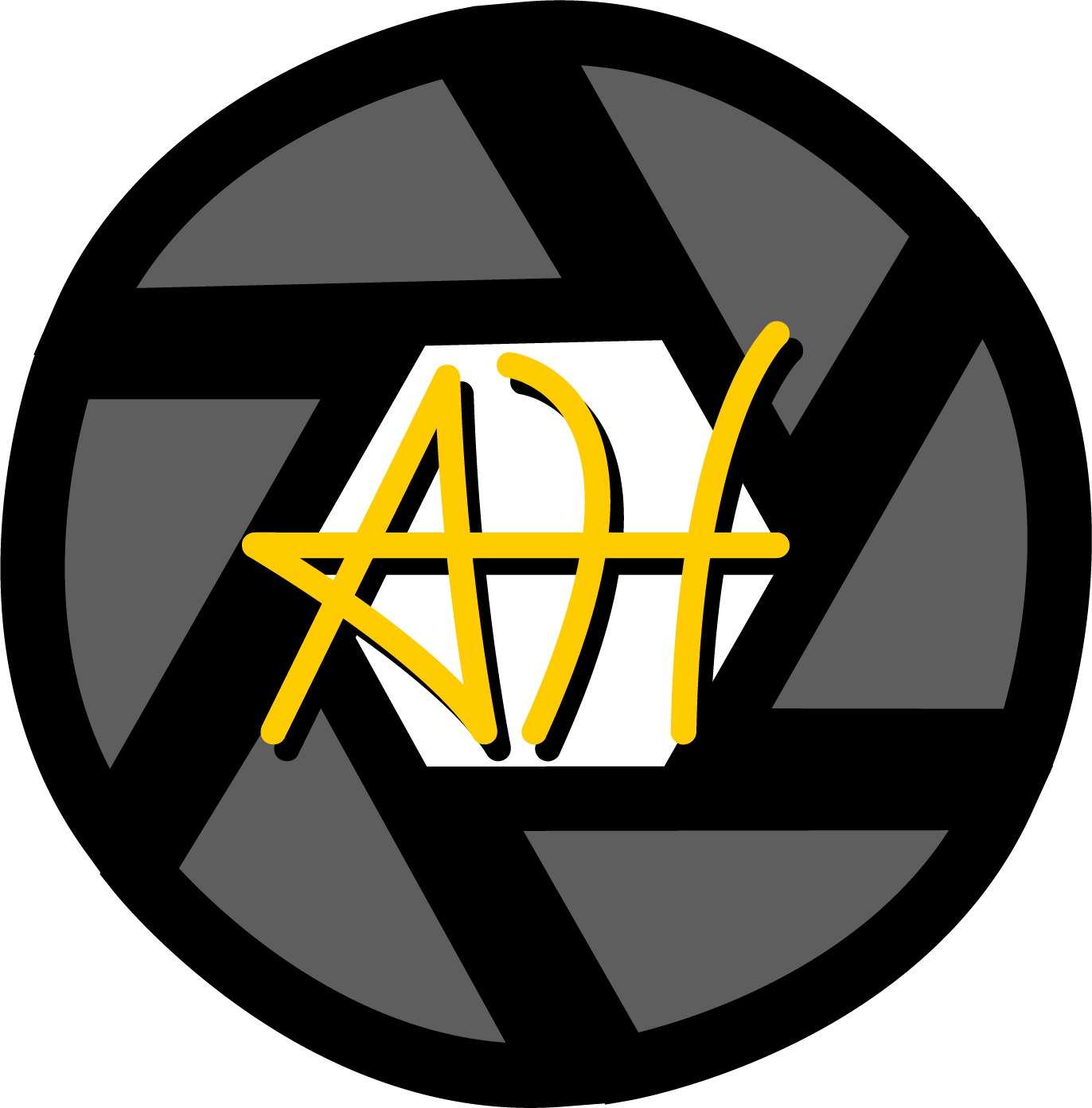
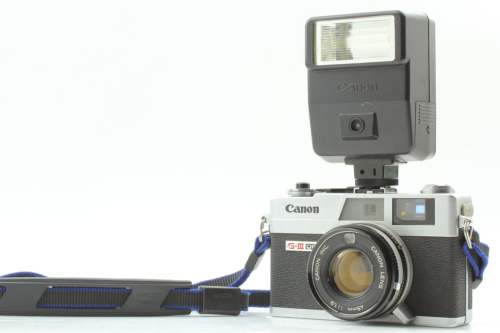
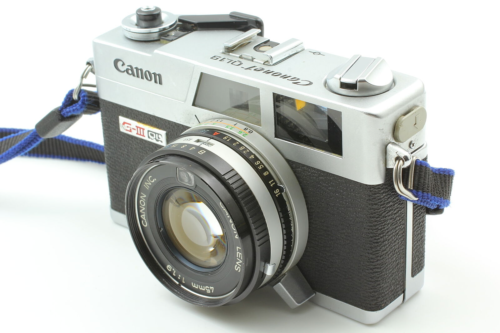
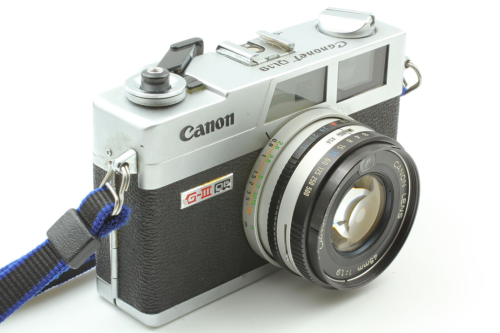
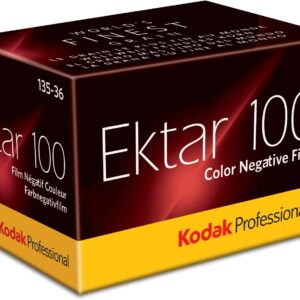
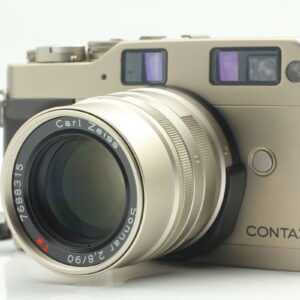
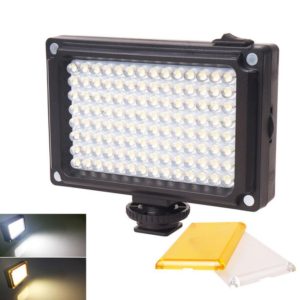
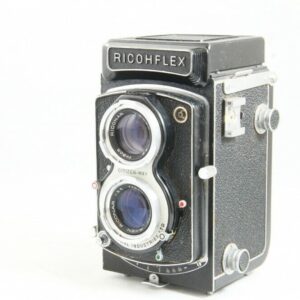
Reviews
There are no reviews yet.